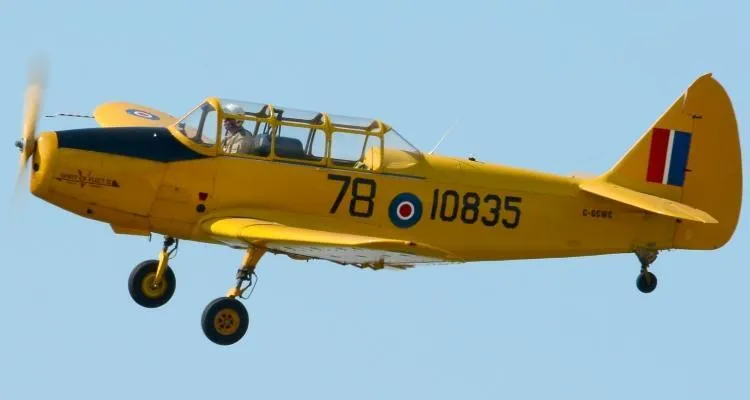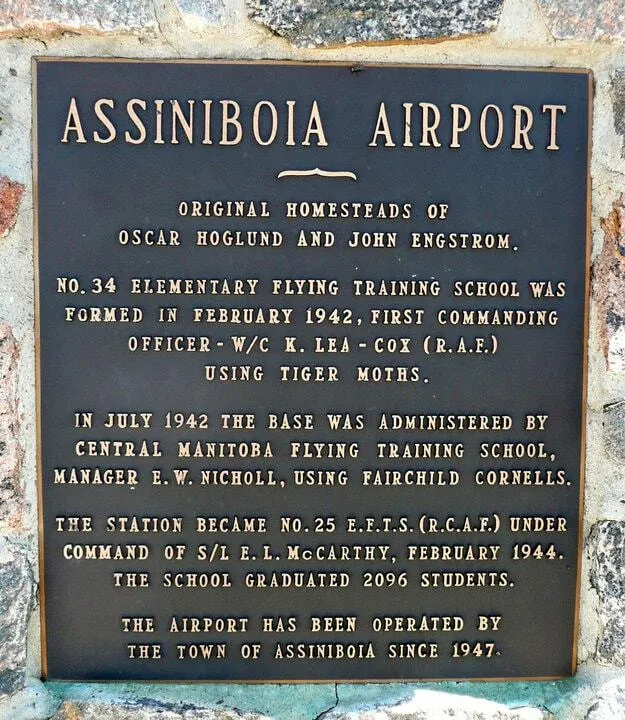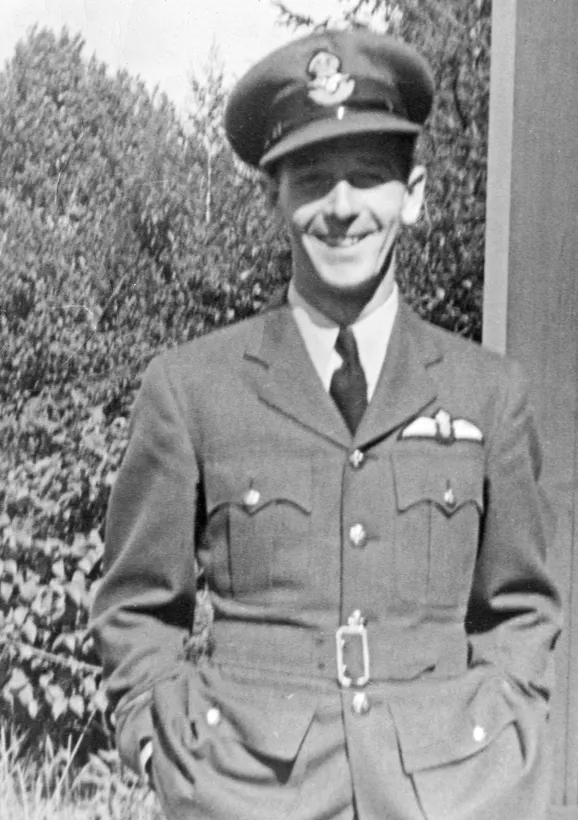Lockhart, William Crawford (Leading Aircraftman)
Killed in Flying Accident 1944-January-19


Birth Date: 1924
Born:
Parents: Son of William Anderson Lockhart and Margaret Fraser Crawford Lockhart, of Glasgow, Scotland.
Spouse:
Home:
Enlistment:
Enlistment Date: unkown date
Service
RAFVR
Unit
34 EFTS- Elementary Flying Training School (RAF)
Base
Assiniboia, Saskatchewan, Canada
Rank
Leading Aircraftman
Position
Service Numbers
1698172
Crew or Other Personnel
Cornell 10863
Cornell serial: 10863

Canadian Warplane Heritage Museum
In early 1942, an agreement was signed between the Canadian Government and Fairchild Aircraft, which licenced Fleet Aircraft of Fort Erie, Ontario to construct the PT-26 Cornell in Canada. The first 800 Cornells used by the RCAF were supplied from Fairchild, until production commenced at Fort Erie in November 1942. By the end of the war in 1945, 2,853 Cornells had been built by Fleet - 1,565 for the RCAF and 1,288 for the RAF.
PT-26 Cornells were flown at many of the Elementary Flying Training Schools (EFTS) of the British Commonwealth Air Training Plan, where they replaced the Fleet Finch and the de Havilland Tiger Moth biplane trainers. After the Second World War, many Cornells were sold to the civilian market, but some were retained by the RCAF, where they were finally retired in 1948. CWPHM
Unit Desciption
34 EFTS (34 Elementary Flying Training School)
An Elementary Flying Training School (EFTS) gave a trainee 50 hours of basic flying instruction on a simple trainer like the De Havilland Tiger Moth, Fleet Finch, or Fairchild Cornell over 8 weeks.Elementary schools were operated by civilian flying clubs under contract to the RCAF and most of the instructors were civilians. For example, No. 12 EFTS Goderich was run by the Kitchener-Waterloo Flying Club and the County of Huron Flying Club.The next step for a pilot was the Service Flying Training School.

For More Information on RCAF Station Assiniboa see here
RCAF.info - Station Assiniboa Saskatchewan
RCAF.info - Relief Landing Field Lethburn Saskatchewan
![]() Saskatchewan Virtual War Memorial
Saskatchewan Virtual War Memorial
![]() Vintage Wings - Ghosts Of Saskatchewan
Vintage Wings - Ghosts Of Saskatchewan

